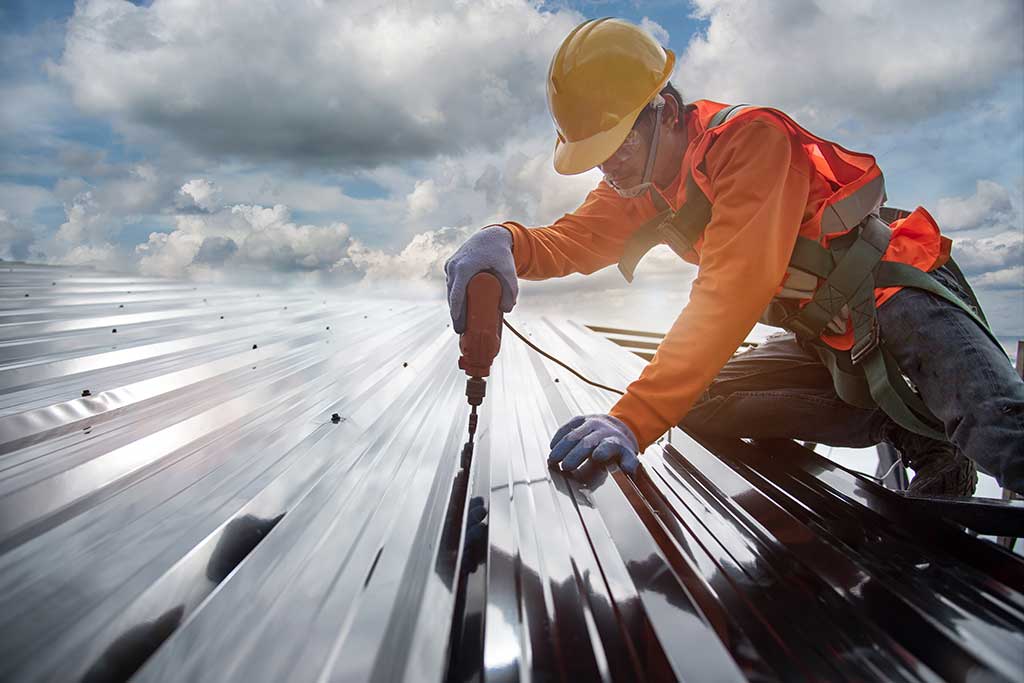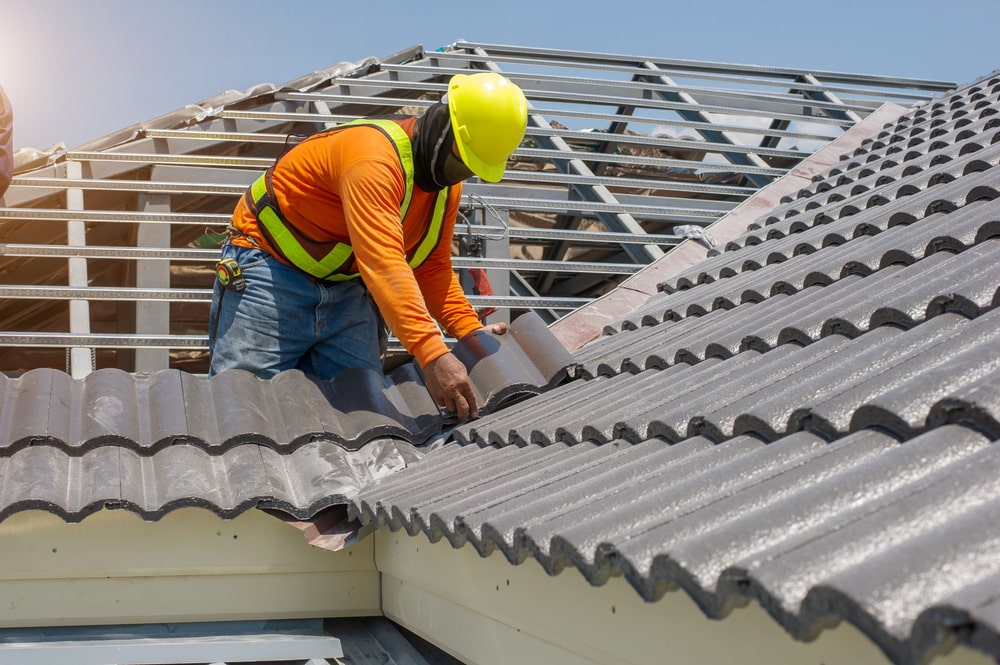Comprehending the Benefits of Roofing Apartment Roof Covering Installation Methods
The exploration of flat roofing setup techniques offers an engaging case for their adoption in both commercial and domestic applications. Significantly, these roof coverings offer significant cost-effectiveness and energy effectiveness benefits, along with versatile design options that can improve building visual appeals. Moreover, their reduced upkeep needs and possible for ecological advantages include to their appeal. Nonetheless, understanding the full scope of these advantages involves examining different factors that influence their lasting efficiency and sustainability. What are the important considerations in choosing the right flat roof for specific demands?
Cost-Effectiveness of Flat Roofs

In addition, the convenience of installment related to flat roofings can result in reduced labor expenses. Because they require much less framing and structural assistance, contractors can complete installations faster and successfully. This efficiency can likewise convert into decreased time on-site, more reducing general costs.
Maintenance prices can also play a function in the cost-effectiveness of level roof coverings. Ultimately, level roof coverings can be a financially practical alternative, specifically for commercial and business applications.
Power Efficiency Advantages
Level roof coverings not just use expense advantages but also add significantly to power performance. One of the key benefits of flat roofing systems is their capacity to suit sophisticated insulation methods.
Furthermore, flat roofings can support reflective materials or coverings that enhance power performance. These materials mirror sunshine, reducing heat absorption and keeping cooler indoor temperatures throughout heat. This not just enhances resident convenience however also lessens the dependence on a/c systems, thereby more lowering energy prices.
Additionally, the design of level roofing systems enables the prospective installation of environment-friendly roofings or solar panels. Environment-friendly roofing systems can offer additional insulation and lower the metropolitan warmth island impact, while photovoltaic panels can harness renewable resource, contributing to a lasting energy cycle. On the whole, the energy effectiveness benefits of flat roof coverings make them a progressively popular option in both household and industrial applications, lining up with modern-day energy preservation objectives.
Design Adaptability

Additionally, the level roofing design promotes the consolidation of photovoltaic panels and eco-friendly roof, advertising sustainability while maintaining a smooth profile. This versatility includes the option of materials, as flat roof coverings can be built making use of a range important, including asphalt, pvc, and rubber, each offering distinctive advantages in regards to resilience and aesthetic appeal.
Furthermore, the lack of sloped surfaces enables for less complicated construction and can substantially reduce the general structure elevation, which may be vital in city settings - Cuyahoga Falls Roof Repairs. The design adaptability inherent in level roofings not just boosts visual appeal yet likewise satisfies the useful requirements of owners, making them a significantly preferred selection in contemporary architecture. This convenience positions level roof as an engaging alternative in design-forward jobs
Reduced Upkeep Requirements
While many roof require normal maintenance and see intensive upkeep, level roofs are designed to lessen these demands, offering a practical solution for property proprietors. One of the most considerable advantages of level roofings is their reduced maintenance needs, which can result in long-lasting cost savings and much address less trouble for home owners and industrial residential property managers alike.
Level roof coverings normally include durable materials such as EPDM, TPO, or modified bitumen, which are engineered to hold up against different climate problems with very little wear. Their design permits for easy access, allowing straightforward assessments and maintenance tasks. Residential or commercial property owners can do regular checks to determine possible concerns, such as merging water or Visit Your URL particles buildup, without the complexities typically connected with sloped roofings.
Furthermore, level roofing systems are less prone to certain kinds of damage, such as tile loss or leakages created by the gliding of snow and ice. This resilience better adds to reduced maintenance demands. Eventually, the reduced upkeep demands of flat roofing systems not just boost their appeal but likewise supply residential property proprietors with peace of mind, understanding their roof is trustworthy and efficient throughout its life-span.
Environmental Impact Factors To Consider
When thinking about a roofing solution, the environmental impact of flat roof coverings arises as a vital variable for numerous homeowner. Flat roofs can provide several advantages in terms of sustainability, particularly when using eco-friendly products and technologies. As an example, numerous flat roof make use of materials that are recyclable or made from recycled web content, which helps in reducing the overall carbon footprint.
Furthermore, flat roof coverings can be designed to accommodate eco-friendly roof, incorporating plants that improves air high quality while providing insulation and stormwater administration. This not just boosts the building's power performance but likewise minimizes the city warm island result, which is progressively important in densely populated locations.
Additionally, level roofs commonly help with the setup of photovoltaic panels, allowing homeowner to harness sustainable power. This combination not only reduces reliance on fossil fuels however also adds to lower energy costs over time.
However, it is vital to consider the material selections and installment techniques to ensure that the environmental benefits are optimized. By selecting lasting practices, flat roofing system installments can play a significant role in advertising green structure layouts, eventually adding to a much healthier world.
Conclusion

The materials needed for level roof coverings, such as EPDM, TPO, or changed asphalt, often come at a lowered expense contrasted to the complex products utilized for sloped roof coverings, such as ceramic tiles or shingles.
In addition, the layout of flat roof coverings enables for the potential installation of solar panels or green roofing systems. In general, the power performance advantages of level roofs make them a progressively popular option in both household and commercial applications, aligning with modern energy preservation objectives.
Ultimately, the low upkeep needs of level roofing systems not just enhance their appeal yet likewise provide building owners with peace of mind, understanding their roof covering system is efficient and dependable throughout its life-span.
The reduced upkeep demands and positive environmental impact, particularly through the combination of eco-friendly roofing systems and solar panels, establish level roofings as a sustainable option.